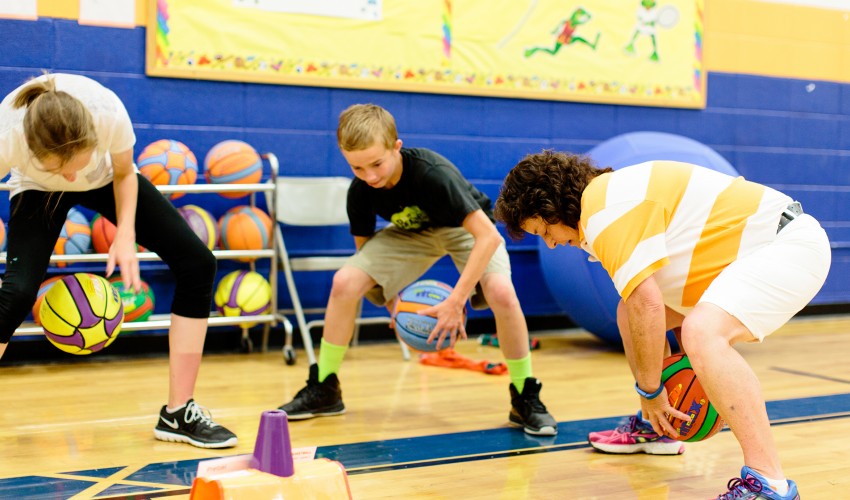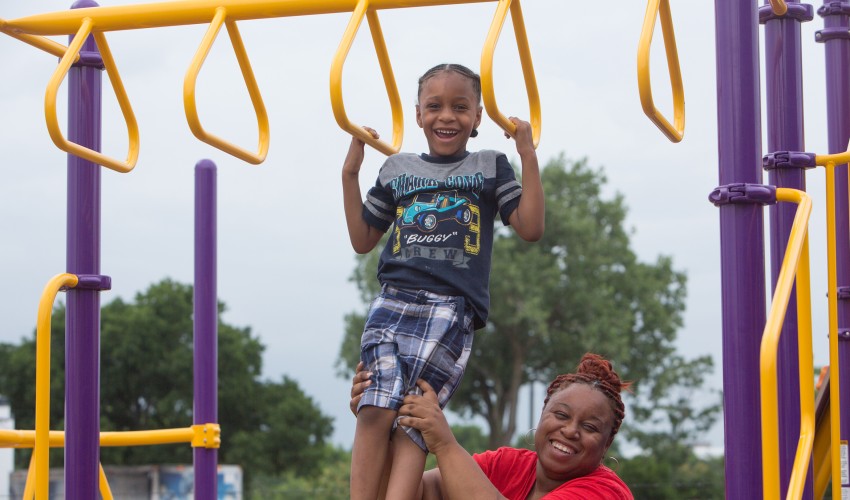Physical Education teacher Cindy Miniard watched the transformation take place year after year at Crab Orchard Elementary School.
Once students entered their early teens some started to feel less confident in gym class.
They became more self-conscious as their bodies changed.
They became concerned with looking “cool.”
The kids who didn’t excel at team sports tended to hang back more and avoid participating.
It was a frustrating situation for a teacher who wanted her students to enjoy the chance to get out and get moving.
Traditional physical education programs tended to reinforce the divide between athletes and non-athletes.So when she got training to introduce the SPARK program to her middle school students, Miniard had a pretty good idea that it could turn things around for the gym-averse.
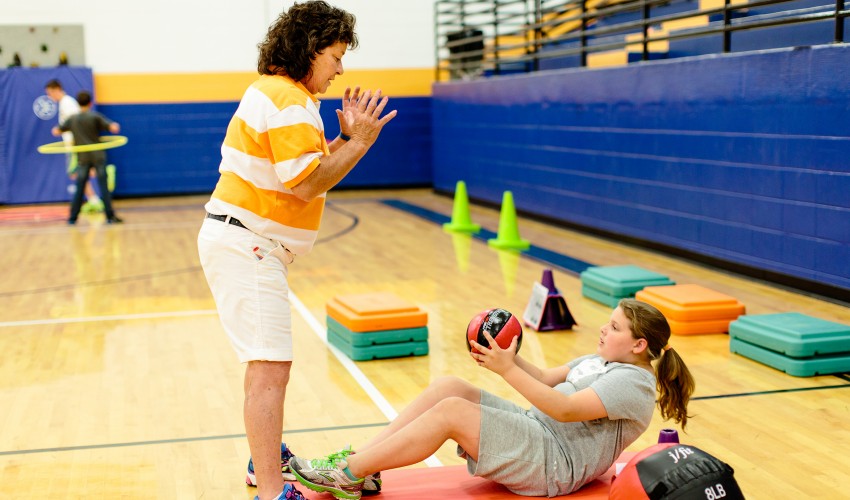
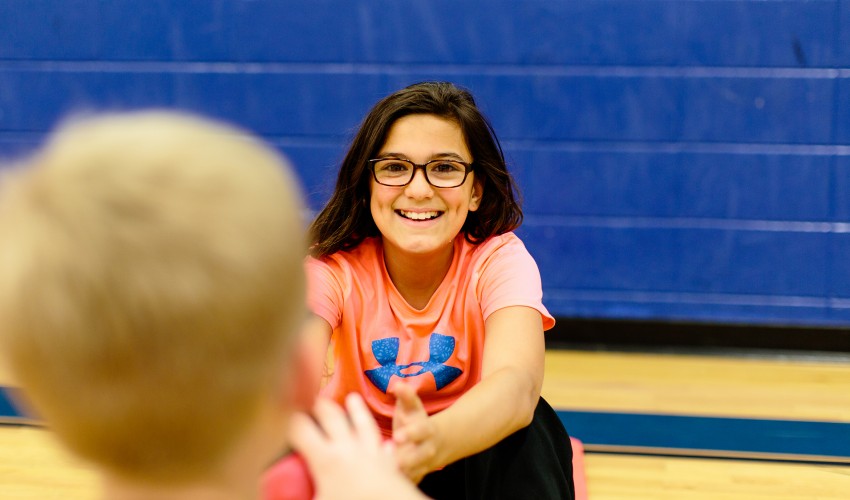
“I don’t care about winning and losing,” says Miniard.
“I truly am all about getting the kids in my classes active. The SPARK program really fits my teaching style because it focuses on getting everyone involved, right away.”
Making every minute count
When class begins now, rather than go through a typical warm-up of jumping jacks or running laps, the kids actually interact with each other in games that get them moving.
Then the main activity for the day is explained — briefly.
“If you have a one-hour class, and you have to spend time giving directions and then answering questions from a few students who want more clarification — well, that can go on forever,” she says, chuckling.
[t“SPARK has an 80/20 rule. Give the instructions and get started. Eighty percent of the kids will know what to do, and they’ll help the other 20 percent.”
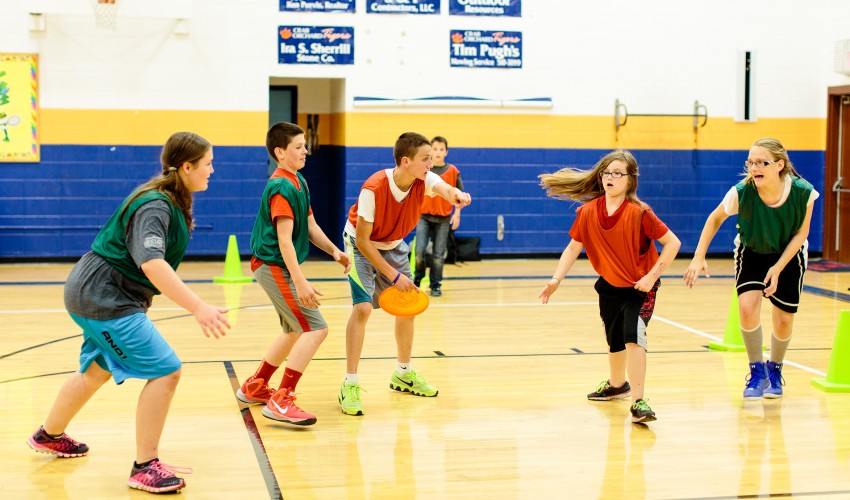
Everyone is playing at all times.
Rather than divide into two big teams, the kids play 3-on-3 basketball or Ultimate Frisbee.
Cliques are avoided by regularly changing partners, and the dreaded “schoolyard pick” is a relic of the past.
Nobody ever feels left out when the class breaks up into teams.
There is enough equipment for everybody.
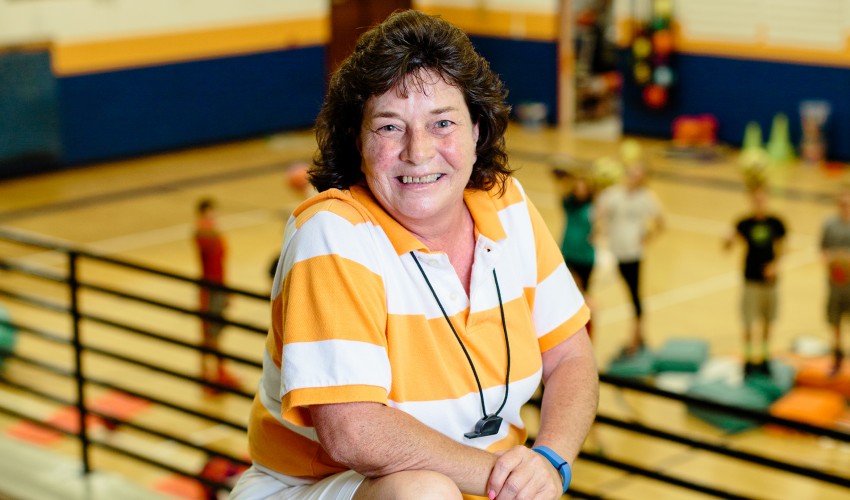
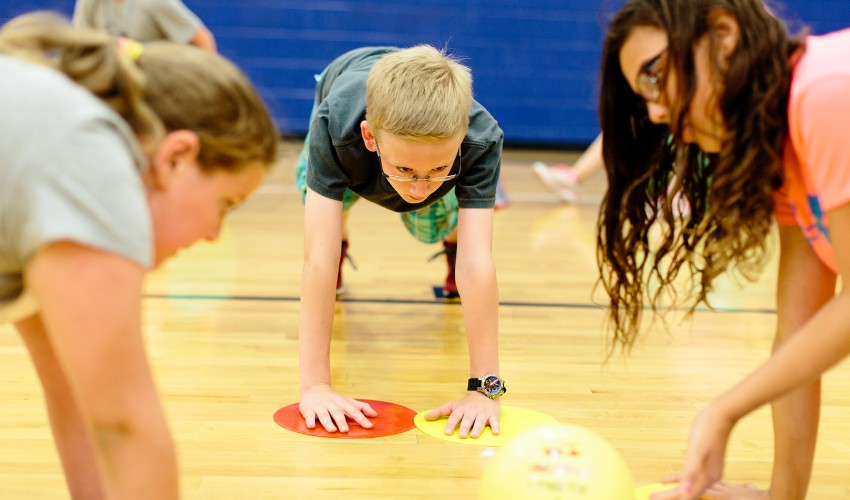
If Miniard is giving a lesson in basketball handling, everyone has a ball to start practicing, so no kids are standing around waiting for their turn.
With everyone playing equally, the skills of the “non-athletes” grew.
More importantly, they began enjoying the classes, and often continued playing after school, with friends, siblings or parents.
“Kids love it,” she says.
“We all know that regular physical activity needs to be a way of life and with this program, everyone can find their niche.”
“Everybody can’t be a runner and I tell kids that. But there are other things they find that they like to do. And that can stay with them.”
